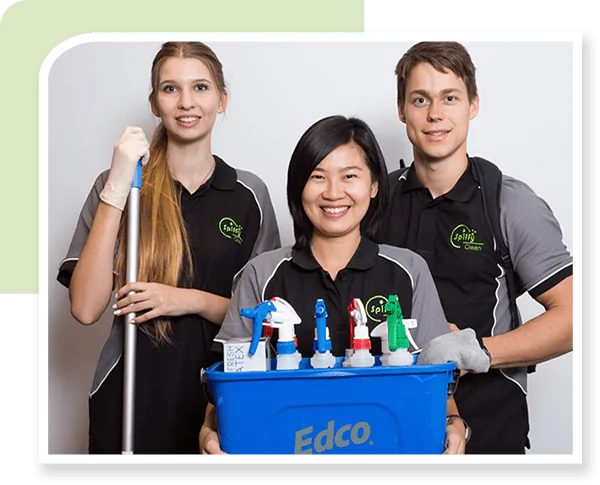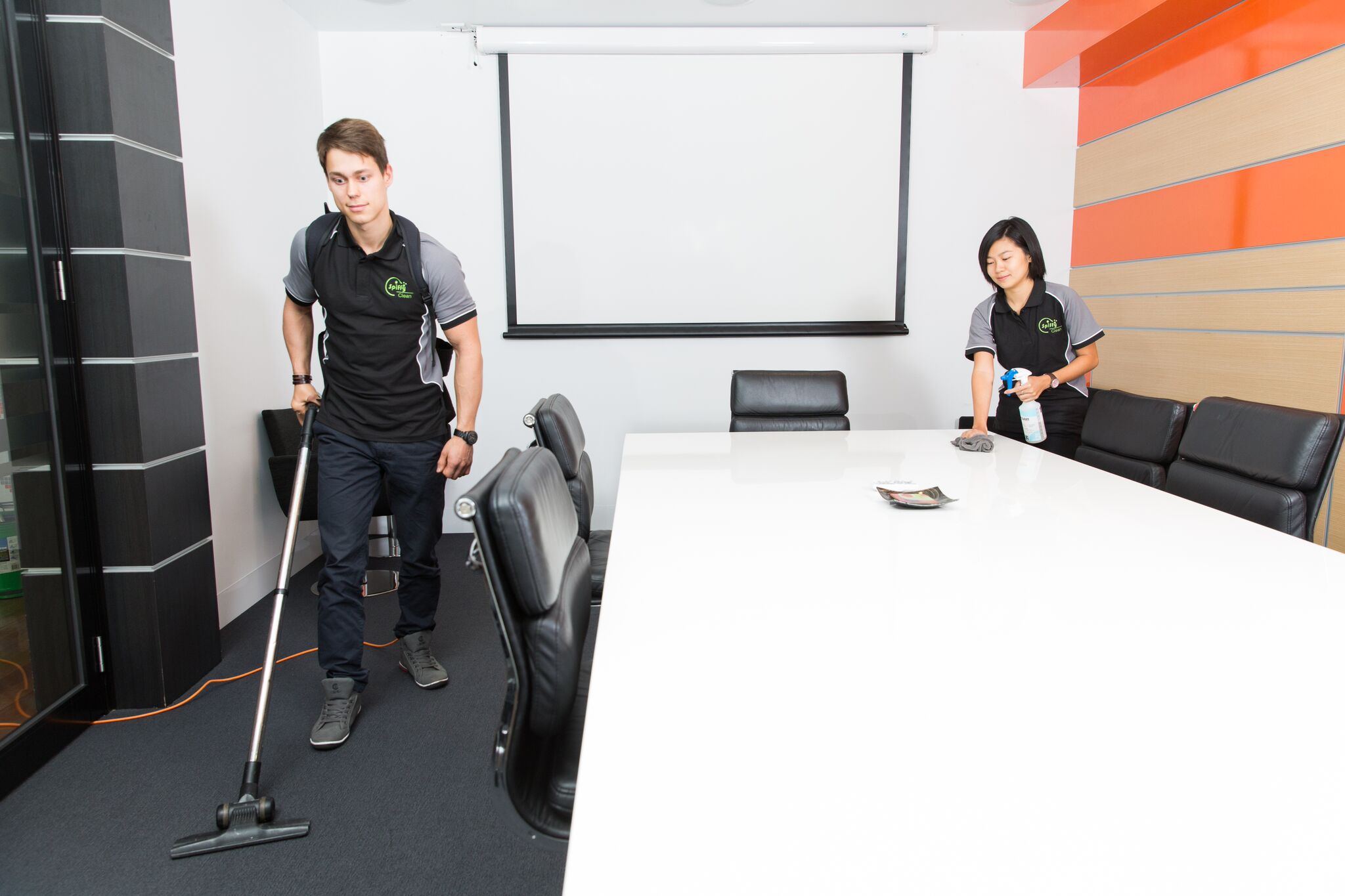Optimizing Workspaces: A Comprehensive Guide to Choosing the Right Cleaning Schedule for Your Business
In the dynamic world of business, the importance of a clean and well-maintained workspace cannot be overstated. Beyond the surface aesthetics, cleanliness plays a pivotal role in creating a healthy, productive, and inviting environment for both employees and clients. One of the key decisions businesses must make in this regard is establishing the right cleaning schedule.
Understanding Your Business Needs:
Before delving into the intricacies of cleaning schedules, it’s essential to understand the unique needs and characteristics of your business. Consider the industry, the size of the workspace, foot traffic, and the nature of daily activities. Different businesses have different cleaning requirements, and tailoring your cleaning schedule to match these specific needs is the first step towards creating a clean and conducive working environment.
Factors Influencing Cleaning Frequencies:
1. Industry Standards:
Research industry-specific cleanliness standards and regulations that may influence the frequency of cleaning required. Industries such as healthcare or food services, for example, often have stringent cleanliness requirements.
2. Workspace Size:
The size of your workspace directly impacts the time and effort needed for cleaning. Larger spaces may require more frequent cleaning or the utilization of specialized cleaning equipment.
3. Foot Traffic:
Consider the number of people moving through your space on a daily basis. High foot traffic areas, such as retail stores or public spaces, might need more frequent cleaning to maintain a pristine appearance.
4. Nature of Business Activities:
Evaluate the nature of your business activities. Manufacturing plants may require different cleaning schedules compared to a professional office setting. Tailor your cleaning plan to suit the unique demands of your business processes.
Benefits of Different Cleaning Frequencies:
1. Daily Cleaning:
Daily Office cleaning is ideal for high-traffic areas, ensuring that surfaces are regularly sanitized, and any mess or clutter is promptly addressed. This frequency is common in retail spaces, restaurants, and medical facilities.
2. Weekly Cleaning:
Well-suited for office environments with moderate foot traffic, weekly cleaning ensures a consistent level of cleanliness without disrupting daily operations. It’s often cost-effective for businesses with standard work hours.
3. Bi-Weekly or Monthly Cleaning:
Businesses with lower foot traffic or those with more extended operating hours might benefit from less frequent cleaning. This schedule is often chosen by smaller offices or businesses operating in non-traditional hours.
Creating a Customized Cleaning Plan:
1. Assessing Specific Areas:
Identify high-priority areas that require more frequent cleaning, such as kitchens, restrooms, or common areas. Tailor the cleaning schedule to allocate more time and resources to these spaces.
2. Utilizing Technology:
Explore the use of cleaning management software or apps that can help streamline the scheduling process, track cleaning tasks, and ensure accountability.
3. Considering Seasonal Factors:
Some businesses may experience fluctuations in foot traffic based on seasons or events. Adjust your cleaning schedule accordingly to accommodate these variations.
Tips for Successful Implementation:
1. Effective Communication:
Clearly communicate the cleaning schedule to employees and cleaning staff. This transparency ensures everyone is on the same page and contributes to a collaborative effort in maintaining cleanliness.
2. Flexibility and Adaptability:
Be open to adjusting the cleaning schedule based on feedback, changes in business operations, or unexpected events. Flexibility is crucial for ensuring that the cleaning plan remains effective.
3. Regular Evaluation:
Periodically evaluate the effectiveness of the chosen cleaning schedule. Solicit feedback from employees, monitor cleanliness levels, and make adjustments as needed to continuously improve the workspace environment.
Case Studies: Success Stories and Lessons Learned:
Explore real-world examples of businesses that have successfully implemented tailored cleaning schedules. Understand the challenges faced, the solutions implemented, and the positive impact on the overall cleanliness and functionality of their workspaces.
Conclusion:
Choosing the right cleaning schedule for your business is a strategic decision that directly influences the overall well-being, productivity, and satisfaction of those within the workspace. By considering industry standards, specific business needs, and the benefits of different cleaning frequencies, businesses can create a customized cleaning plan that optimizes cleanliness without disrupting daily operations. Regular assessment, flexibility, and effective communication are essential elements in ensuring the success of the chosen cleaning schedule. In the ever-evolving landscape of modern business, the right cleaning schedule is not just a routine but a proactive strategy for creating a healthier, more inviting, and efficient workspace.





